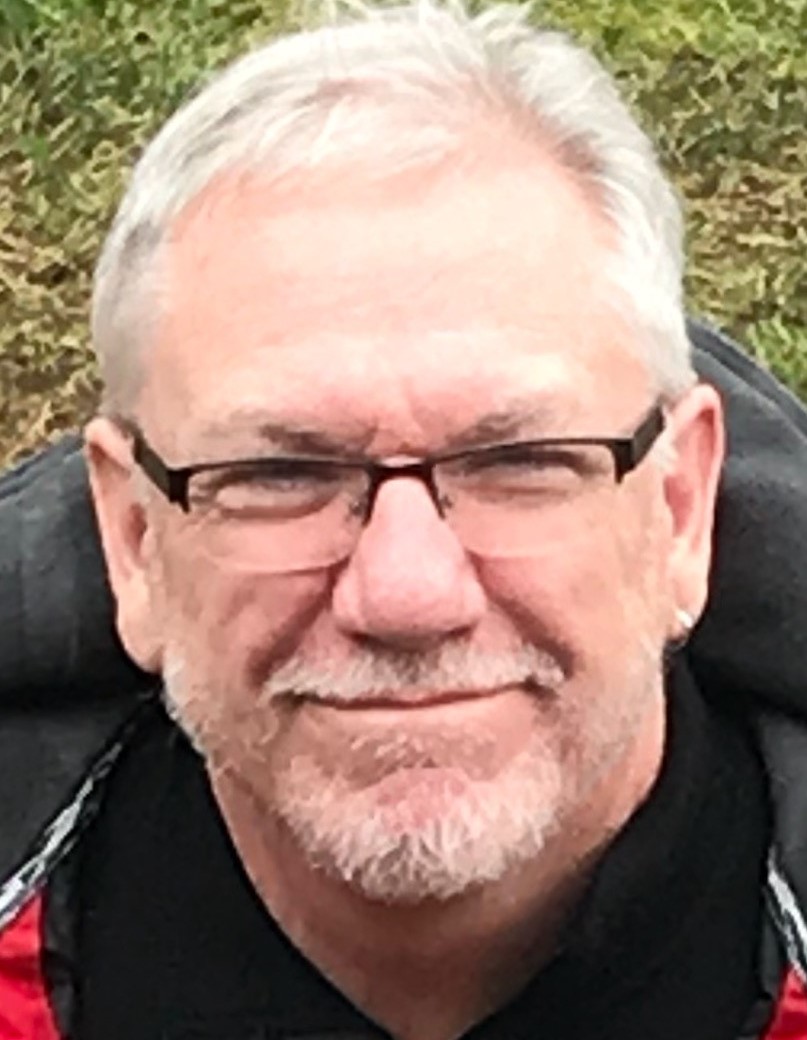Faith on Roger's Pass
Out of our warm cabin in Canada’s Rogers Pass area, our small group was happy to start our third day of touring. For two days, we had skied lower angle slopes in the region. Today, our goal was to skin up to a designated high point on the steepest terrain so far, for what promised to be a near-perfect powder day. Our yearning for the steeps, gullies, and ridgelines grew, after our daily snowpack review confirmed slope stability. On this our last day, we were stoked: a chance, if weather held, to reach the top of the peak of a lesser mountain in the Rogers Pass “hall of fame” treks. Also excited was our hired ACMG guide, since it had been some time in recent years he had guided this route.
The established skin track was covered in 10 cm of new, dry snow. I swear one of us giggled. We trekked alongside a snow-pillowed creek, its torrent rushing even in the dead of winter. After almost two hours, our guide veered off trail to another trail and yet another, each progressively less traveled until we were cutting our own. Our route led us towards a large frozen creek bed, a headwater for the torrent below. Looking at the massive rock bound creek, I worried how long ago or recent our guide’s experience was. Like some arcade game, we bounced between the looming snow shrouded boulders that routed us across snow bridges. The sound of fast-water was a threat, and indeed, one of us plunged a ski tip through a weak spot leaving a “window” to the whitewater below. Others in our centipede line quickly re-set the course higher and away from the bluish hole.
Skinning up the creek and boulder-field, our guide led us directly into the path of a 30 meter water-icefall. A dead-end, no doubt, I mused all the while in agony trying to cross the snow-buried alders. Tops of trees don’t bond to skins nor can a ski pole firmly plant in them. We all followed, said nothing, but the rock band and water-ice, in places over a meter thick, was worrisome. As if reading our doubting thought, he spoke up: “There is a notch to the climber’s right. You can’t see it, but I know it’s there.” Was that our assurance?
Indeed, a notch existed, but its path was a narrow, serpentine line of snow-covered alders, ledges and tight kick-turns that crossed unconsolidated deep, new snow. After our grunts, groans, carping and growls, our “team” made the notch only to reach another narrow ridge which exposed us to high avy risk. At that moment, I overheard our guide say, “It doesn’t get any harder than this.”
Moving higher above the frozen waterfall and lesser creek-beds, the summit came into view. “There it is,” our guide called to us, pointing to the summit. However, a ceiling of fog thickened, solidified, as we watched a new storm system settle. The summit quickly disappeared. Backcountry experience said it was time to turn around. We had clocked almost four and one-half hours of skinning. With limited visibility, our chances of going higher diminished with each step.
Transition from skins to skis was quick in spite of the one-legged-ski balance act. I adjusted some sweaty clothing as others layered for the descent. Our return route would bring us back the precipitous fall line of the waterfall and creek-beds which we had trekked up, so we were justifiably tense, but excited. For my part, as one of the heavier skiers, I worried that I would break a snow bridge, so I vowed to ski last in our buddy system. Following our guide, we side cut the start of a gully that steepened quickly, but one that held double the powder. I listened to the whoops of joy from our group, as I was second to the last. I made three fabulous, mind-altering float turns, and then lost it. Okay, I thought down in the snow, I’ll find my ski and rejoin the whooping farther down. My binding, though, refused. Indeed, where was my heel-piece? Within a nightmarish realization, I saw that my binding had broken and the missing heel piece was forever lost in the bottomless snow.
High on avy prone scree and gullied terrain, without my left ski and without the possibility of walking down (post-holing would have been more treacherous), I had to do something. Within my 10+ essentials, I grabbed four Voile ski straps. (I had used them the prior year on another skier’s heel piece failure). With the help of our guide and teammates, I fixed my boot to the ski with two straps under and over the foot, and two around the broken piece to bind the ankle. Not great at one-footed skiing, I quickly adapted following a line set by our guide through uncut powder. Nevertheless, I kept the “injured’ ski from torqueing as much as possible down the tortuous descent. The straps on the bottom acted like ski crampons even on the powder. Fighting the bad ski through the long descent, I finally made it back to our skin track, where I re-adjusted the Voile ski straps to reposition the bottom straps to free the “injured” ski to glide.
Making it back to our camp just as light faded, elation and congratulations came all around. I was thankful for the presence of mind to bring my Voile ski straps! What surprised me though at the end was our guide’s admonition: “I didn’t think you would make it!”

